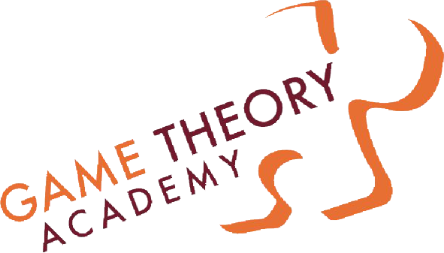By Jasper Smith, GTA Instructor
Being that the organization is called Game Theory Academy, we have played a ton of games during our time together. All of the students are now well versed in GTA’s definition of a game… rules, players, uncertainty and opportunity. When we first presented this concept, the students had not thought much about a game and how it can be dissected into those components. With a firm grasp of those components, you can devise a strategy that will net the most positive results. Since Week 2 or 3, the students have really questioned the activities that we do in class. Early on, they just took the instructions and followed along. Now, as soon as I hand out an activity, it feels like I’m being interrogated. They have come to realize that it is of the utmost importance to ask questions for clarification, especially when it comes to the rules. They are hip to the idea that understanding the rules is in their best interest.
Staying on the topic of games, it turns out that about half of the class are athletes and we had a great conversation about playing sports. Some of the students had only thought about the game (their sport) in terms of winning and losing. Others, expressed how they have become better students as a result of having athletics in there lives. Others mentioned that playing helps them focus and learn new skills, serves as an outlet from real life, and reduces stress. One student, who is striving to become a professional diver (springboard, Olympic-type diving) took the four components of a game and ran with it. He mentioned that there is so much uncertainty when he jumps off that board because a small mistake could result in a flop. And if that dive goes as planned and he nails the perfect entry into the pool, he has the opportunity to score extremely well during his competition. This was an awesome example!
Now that we’ve passed the halfway point, I noticed something very interesting about the classroom dynamics. It’s something that happens commonly in the real world…people stick to what they know and typically stay in their comfort zones. A few classes back, I assigned seats and the look on the kids faces was priceless! Until that point, it was open seating. I have a small group of students from a prep school who always sit together, three young ladies who are like peas in a pod, and a young man and young woman who always sit beside each other but claim they are not boyfriend/girlfriend. The class with the assigned seats was pretty interesting, and as a result of the cliques being split, the vibe in the room changed dramatically. I didn’t assign seats in the next class and of course, they reverted right back to their usual clique seating.
I will make sure to have another “special” seating arrangement for the group at some point.


